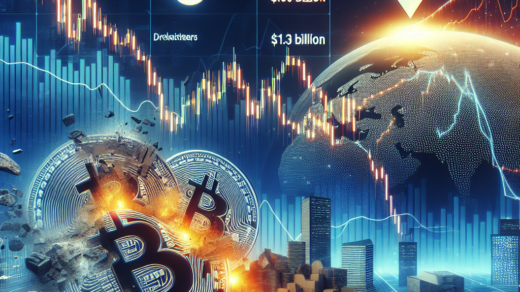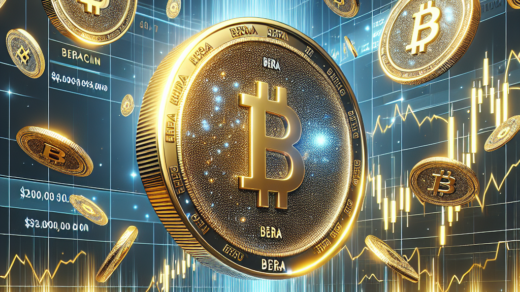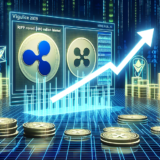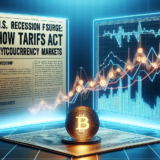Understanding Stablecoin Growth in the Crypto Market
Recent insights from JPMorgan Chase reveal a significant trend in the stablecoin market, indicating that while the supply of these digital assets has increased in U.S. dollar terms, it does not signify a loss of market share within the broader cryptocurrency landscape. Instead, this growth reflects the overall expansion of the digital asset market, according to a research report released by the bank.
What Are Stablecoins?
Stablecoins are a unique category of cryptocurrency typically pegged to fiat currencies, most commonly the U.S. dollar. They can also be backed by other assets, such as gold. This pegging mechanism provides stability in price, making them attractive for various financial transactions and as a means of storing value.
Stablecoin Market Share Remains Steady
JPMorgan analysts, led by Nikolaos Panigirtzoglou, noted that there has been “little change in the stablecoin market share as a percentage of total crypto market cap.” This stability is noteworthy, especially as the total stablecoin market cap has rebounded to $165 billion, approaching the previous high of $180 billion seen before the infamous Terra/Luna collapse.
Factors Driving Stablecoin Growth
The growth in stablecoin supply is attributed to several key factors. Notably, the substantial price increases of major cryptocurrencies, such as Bitcoin (BTC) and Ether (ETH), have led to an overall increase in the crypto market cap. This, in turn, has resulted in a higher demand for stablecoins, which serve as collateral in crypto lending, borrowing, and other transactions.
Increased Demand from Investors
With the launch of spot Bitcoin exchange-traded funds (ETFs) in the U.S. earlier this year, there has been a notable uptick in investors utilizing stablecoins to access the crypto markets. This trend highlights the growing intersection between traditional finance and the cryptocurrency world.
The Rise of New Stablecoin Issuers
Additionally, 2023 has witnessed the emergence of new stablecoin issuers and products, such as Ethena’s USDe, contributing to the overall growth of the stablecoin market. This diversification not only enhances the ecosystem but also provides investors with more options.
Regulatory Clarity Attracts Investment
Regulatory advancements in Europe, particularly with the introduction of the Markets in Crypto-Assets (MiCA) legislation on July 1, have further bolstered investor confidence in the stablecoin space. Such clarity is essential for fostering a stable and secure environment for digital asset investments.
In conclusion, while the stablecoin supply is growing, it is important to recognize that this trend is not indicative of a shift in market share within the cryptocurrency sector. Instead, it reflects the overall health and expansion of the digital asset market, driven by multiple factors including price increases, regulatory clarity, and increased investor participation.
For more insights on cryptocurrencies, including XRP and its market predictions, visit our dedicated articles.











